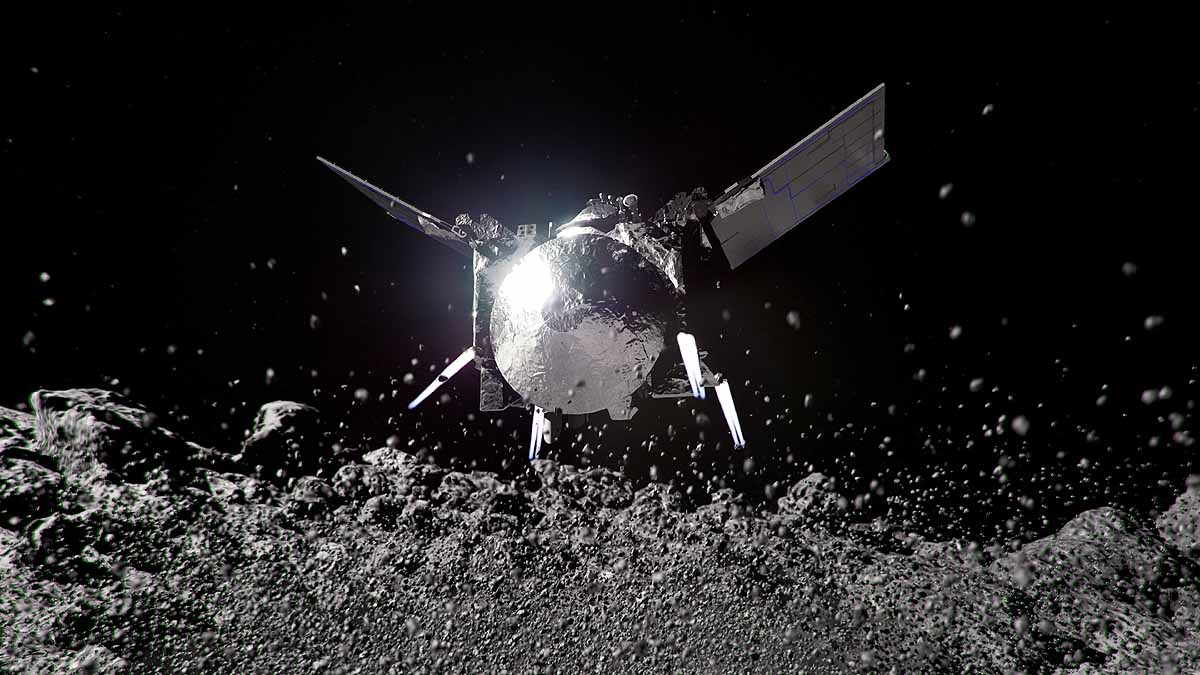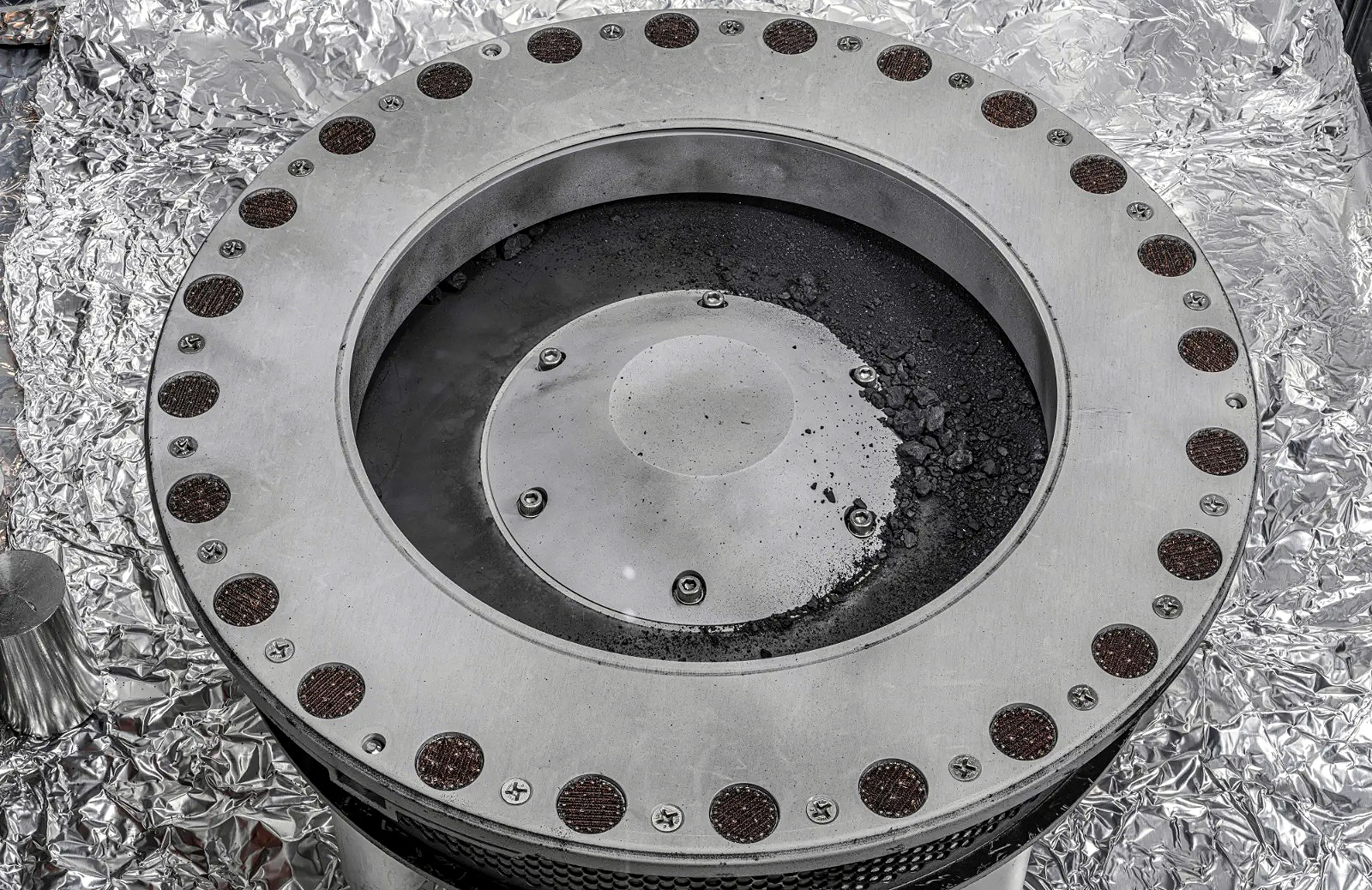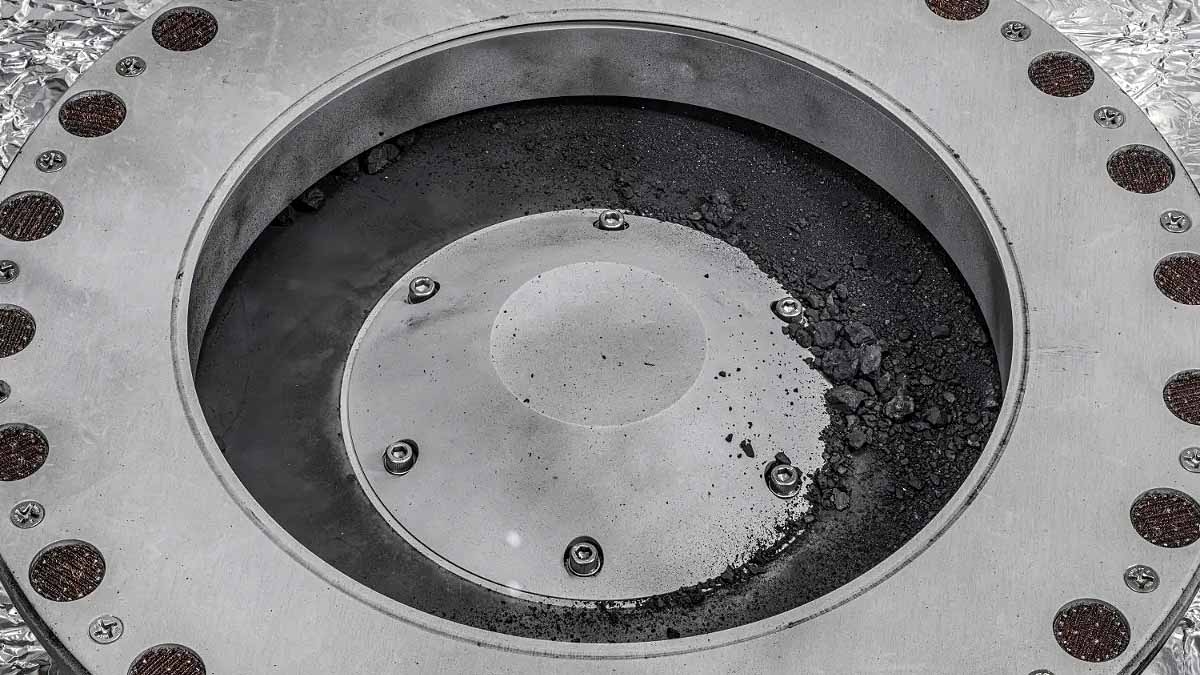Bennu asteroid contains a wealth of carbon and water. The soil and dust samples brought back by NASA’s OSIRIS-REx mission hold great promise. NASA’s craft returned a sample from the 1650-foot-wide asteroid to Earth. Following analysis, NASA reported that initial findings from the sample have been disclosed.
NASA Administrator Bill Nelson indicated that the samples from OSIRIS-REx suggest Bennu is rich in carbon compounds and water, hinting the asteroid may have once been part of a planet similar to Earth. This could also mean that life and water on Earth might have been transported via an asteroid collision.

Source: aajtak
The intriguing part is the volume of water present in the asteroid, which is considered a threat to Earth. This was beyond scientific anticipation.
159 years from now, this very asteroid may collide with Earth
It is noted that Bennu could potentially collide with Earth on September 24, 2182, potentially causing destruction equivalent to 22 nuclear bomb blasts. To avert this, NASA initiated the OSIRIS-REx mission, to determine the composition and strength of the asteroid, and evaluate potential deflection strategies.

Source: aajtak
A long journey to collect samples, then returning to Earth
The mission, fully named Origins, Spectral Interpretation, Resource Identification and Security Regolith Explorer (OSIRIS-REx), is America’s first attempt to bring back an asteroid sample. Three years ago, it collected samples from Bennu and has been returning to Earth since. The capsule carried approximately 250 grams of sample material.
When the collision occurs, it will be substantial
Project Manager Rich Burns clarified that seven years ago, this mission was launched for sample retrieval from Bennu. The impact of Bennu, though with only 1 in 2700 chances of occurring, could be devastating. Bennu is significantly smaller than the asteroid that led to the extinction of the dinosaurs, yet the potential damage from a collision would be substantial.
If it falls to Earth, the created crater would likely span 10 kilometers, devastating the surrounding 1000-kilometer radius. A collision in the ocean could trigger tsunamis, wreaking havoc on nearby islands or countries.




